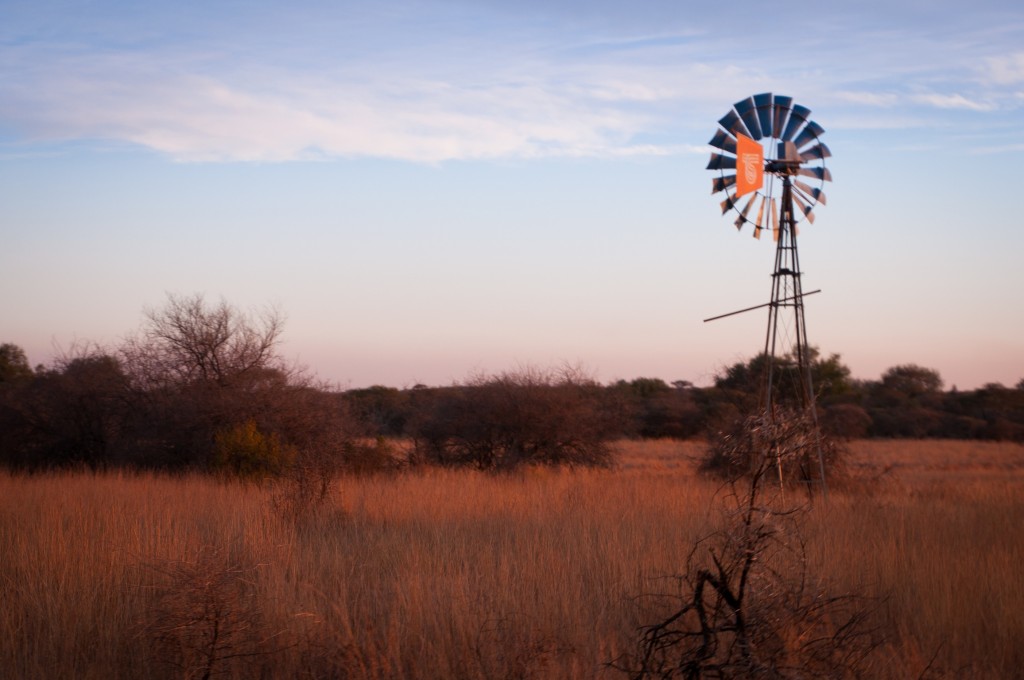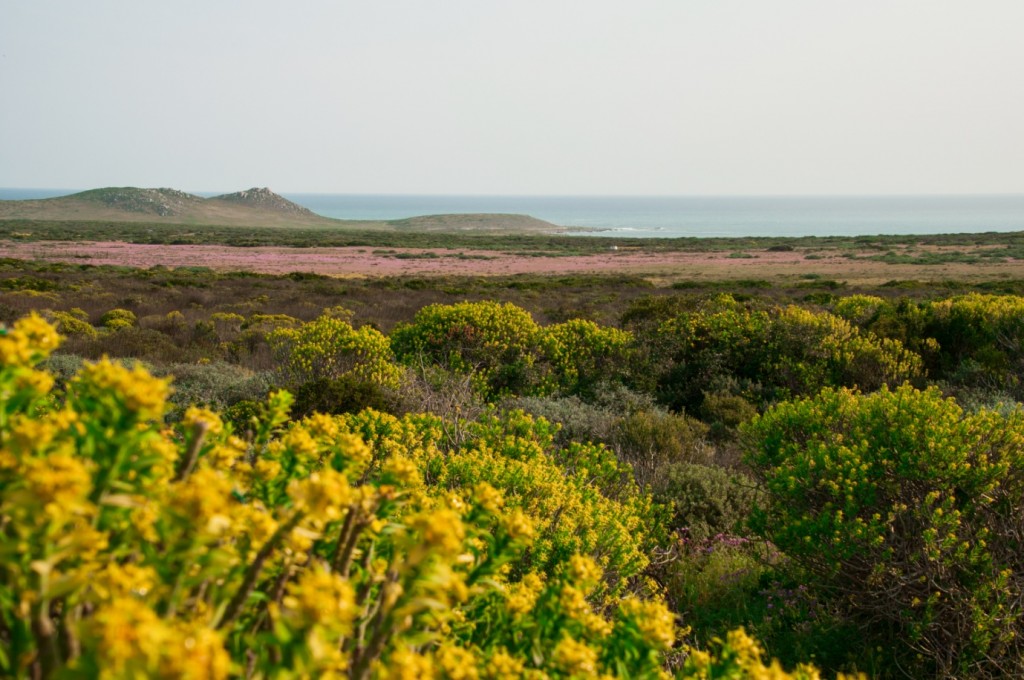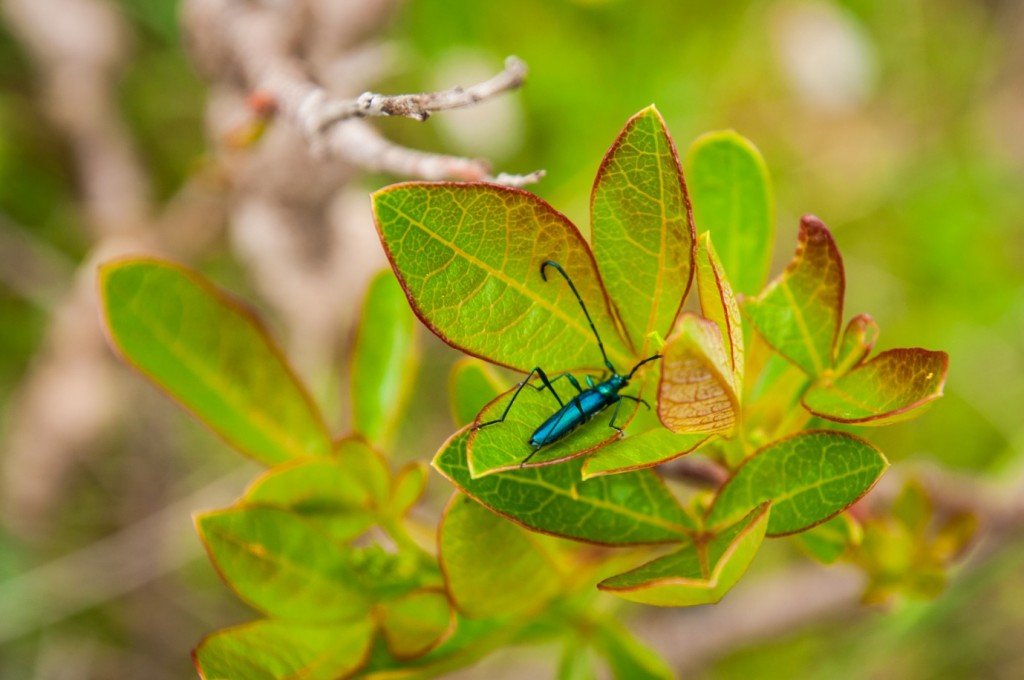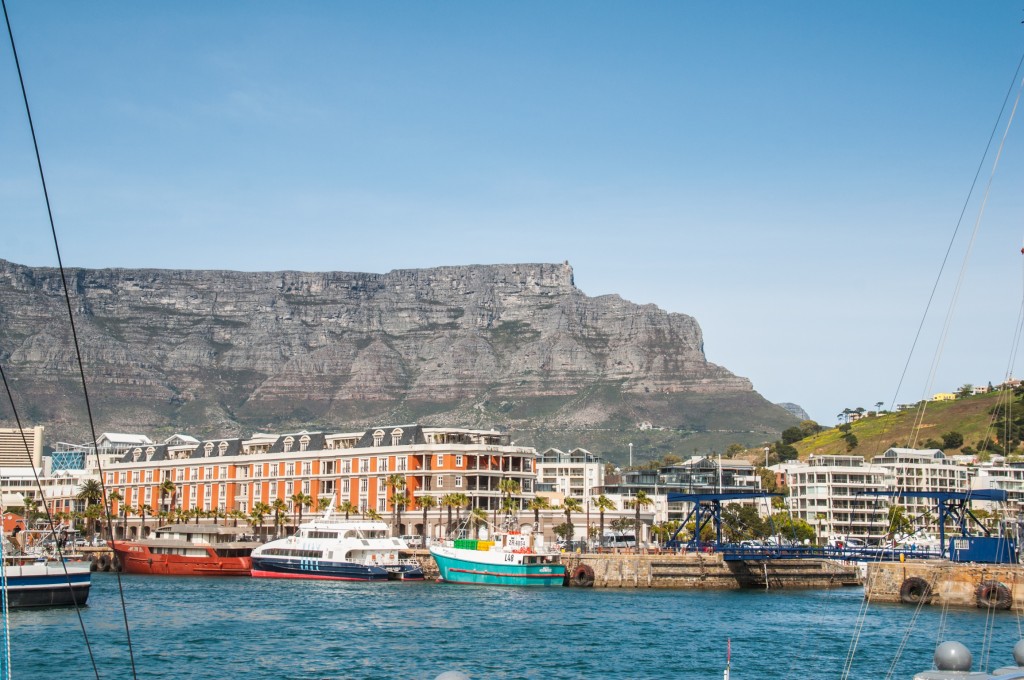Highlights from South Africa: Welcome to the Field
Internet access is hard to come by when you’re constantly on the move, travelling throughout South Africa. But since we just had our spring break, I’ve got some updates from the Southern hemisphere.

To start with, I am studying abroad this Fall semester with the Organisation for Tropical Studies, African Ecology and Conservation. For a bit more than three months, we travel through the country learning about South Africa’s ecology, conservation challenges, history and culture, and field study methods.

First off, all 34 students arrived in Johannesburg, the largest city in South Africa. We come from a variety of schools, including four South Africans from the University of Witwatersrand. After a long bus ride northward, we arrived in Nylsvley Nature Reserve, Limpopo Province. There, we had an intensive crash-course on the long and rich history of South Africa. The music of Die Antwoord, films such as District 9, novels by J. M. Coetzee, and comedic acts by Trevor Noah were just some of the media we examined to understand the culture of the country.

In the savannah, we had our first glimpse of big game and learned about the biogeography of the biome. From bottom-up controls of climate and geology, to top-down controls of fire regimes and herbivory interactions, we studied the drivers of biodiversity in the grasslands. With an entire nature reserve as our classroom, we conducted our first mini field research. I investigated whether higher herbivory pressure induces the greater mechanical defences in Acacia plants. After being stabbed many times while trying to measure the prickly plant, my results suggested that other factors besides herbivory influenced the length and density of the Acacia’s spines.

Just as we were growing accustomed to Nylsvley, it came time for us to leave. The group split into two, where 17 students headed north while my group of 17 students flew down South. We arrived at Soetwater Environmental Education Centre, just some 30 minutes drive from Cape Town. We were not only surrounded by the beach, but also the fynbos biodiversity hotspot!

At Soetwater, we started our Long-term Research Project. We conducted field studies that fed into a larger research carried out in collaboration with South Africa National Parks (SANParks). My team had the privilege to study in Tokai Park, an area covered by pine plantations for the past 100 years. However, the land was recently given to SANParks, who are working on restoring the original Cape Flats Sand Fynbos. The pines were felled in different years, and the areas burned to different intensities, some plots were reseeded, while others had different soil beds. We investigated whether these different restoration strategies affected the local biodiversity by looking at invertebrates. 30 pitfall traps and hours of insect identification later, we found that higher burn intensity was indeed related to greater insect diversity.

All work and no play make students very cranky, so every seven days or so we got a day off. We drove to Cape Town and visited Robben Island, where Nelson Mandela was imprisoned during the Apartheid. We also got to enjoy the city and many local craft markets.

The experience so far has been absolutely amazing. I particularly love being out in the field, learning and applying the ecological theories in real life, surrounded by people who are equally interested in environmental science and conservation policies. As much as I do miss Duke’s beautiful campus, nothing compares to having the great outdoors as your classroom.

One thought on “Highlights from South Africa”
Comments are closed.